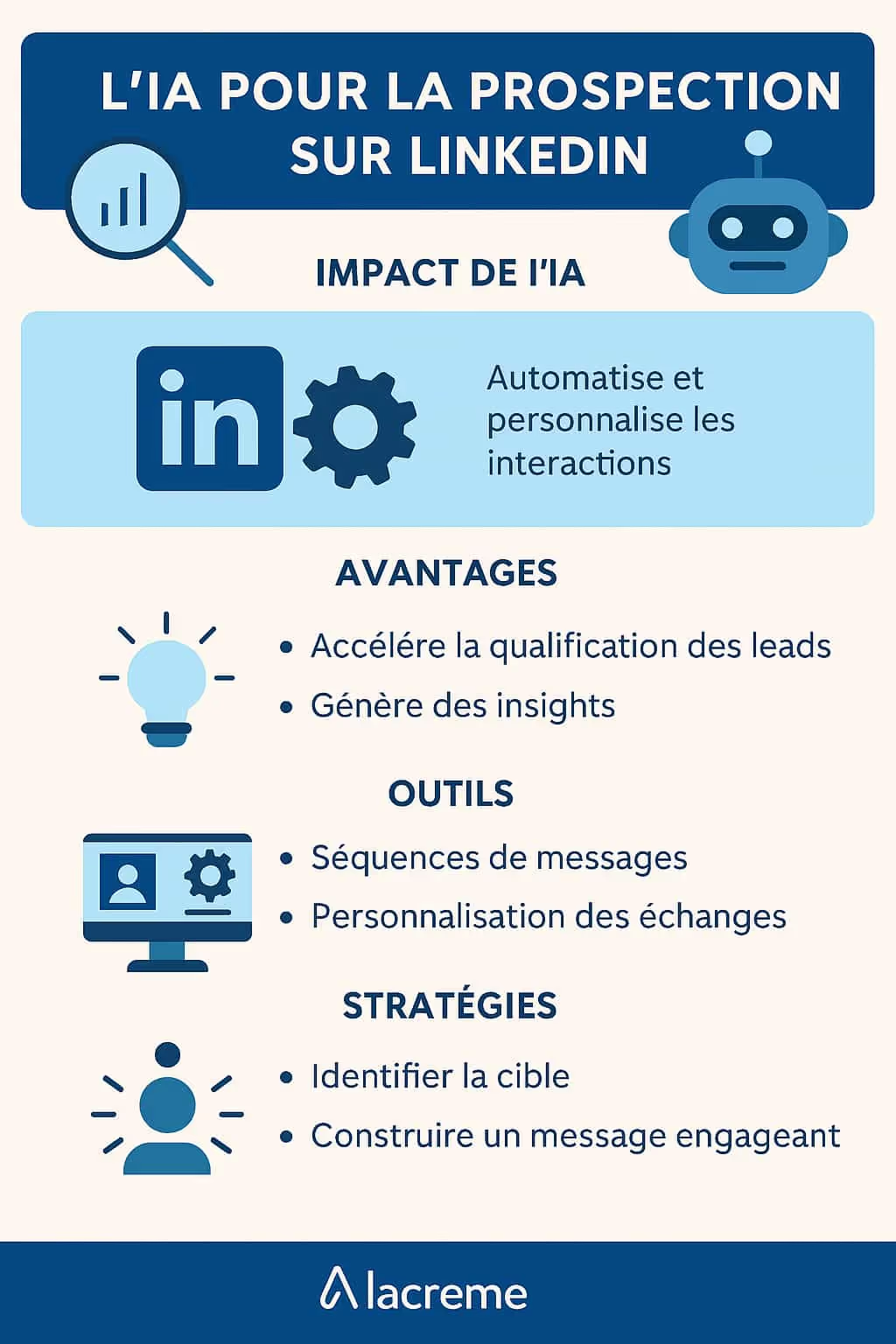THEartificial intelligence (IA) has undergone a remarkable evolution since its first designs in the 1950s. Initially, she was a scientific curiosity, exploring fundamental concepts of thinking and machine learning. However, with the advent of big data and advances in computing power, AI has rapidly evolved, making its way into almost every aspect of modern life. In 2025, artificial intelligence is no longer a futuristic term or a simple technological speculation; it has become an integral part of our daily lives. In this blog post, we'll show you our analysis of Top 10 AI software in 2023. Creating content, automating data management, and fraud detection are all tasks that can be taken care of by AI, and now we are going to discover the best software:
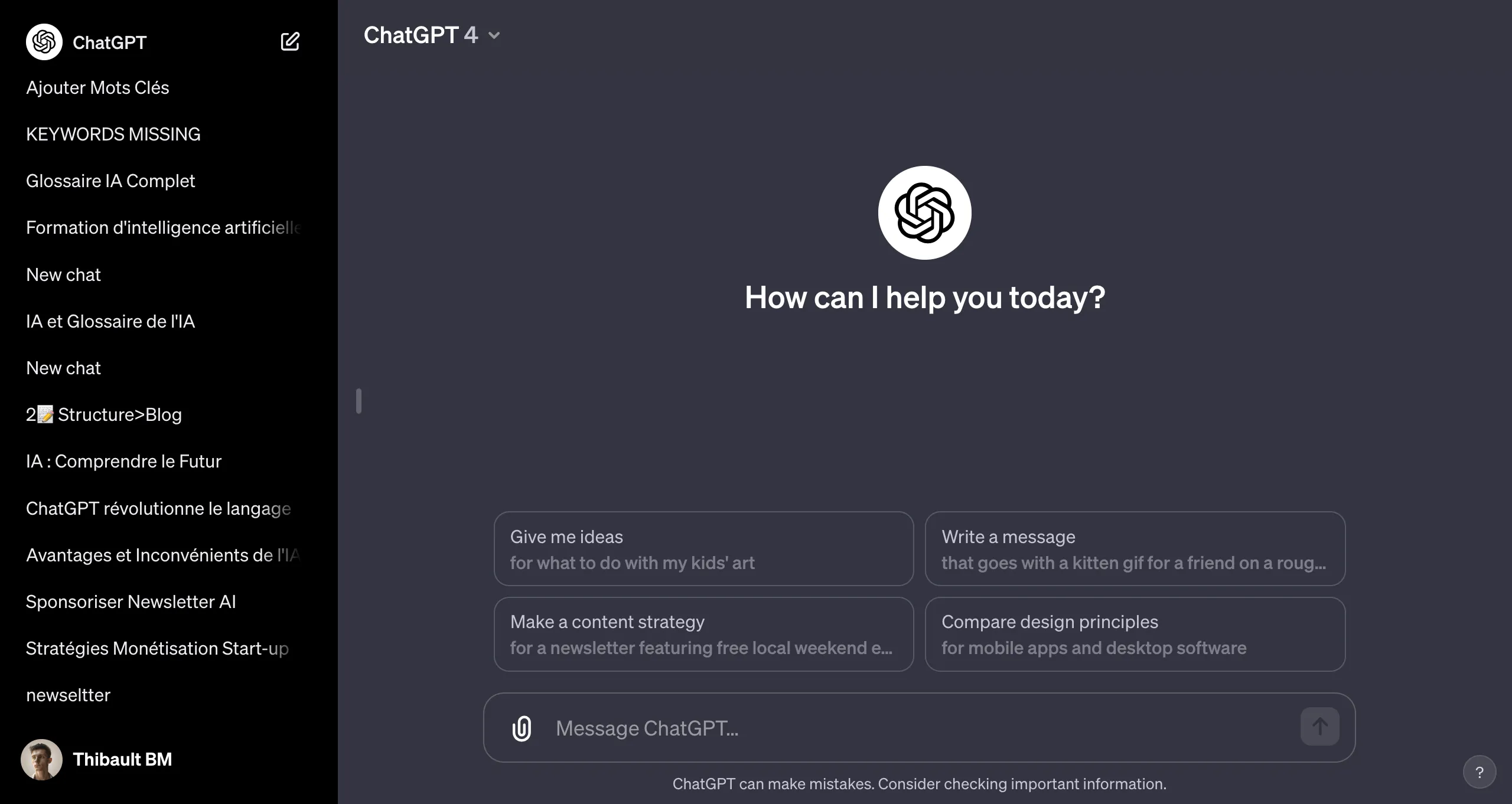
1. ChatGPT — Artificial Intelligence Revolution
Features and use cases: A real toolbox, GPT chat is the No. 1 AI far ahead of artificial intelligence software. ChatGPT is able to answer any question via voice command or simple text. Developed by OpenAI, it is a natural language processing model that has revolutionized the world of Chatbots and content creation. Thanks to its ability to understand and generate natural language consistently, ChatGPT has become an indispensable AI in many areas, including customer service, education, and marketing. Its applications range from automated content creation to real-time support for users, to the training of more responsive and personalized chatbots. This AI now offers easy-to-use speech recognition and a marketplace offering a wide range of tools to generate all types of content. Enough to be able to discuss easily with this AI software as well as to easily find the many GPTS tools customized by users. Businesses can now use the enterprise version of GPT, ensuring that businesses can create their own assistants while ensuring the protection of sensitive corporate data collection, as user data and conversations are normally used to feed ChatGPT's machine learning system.
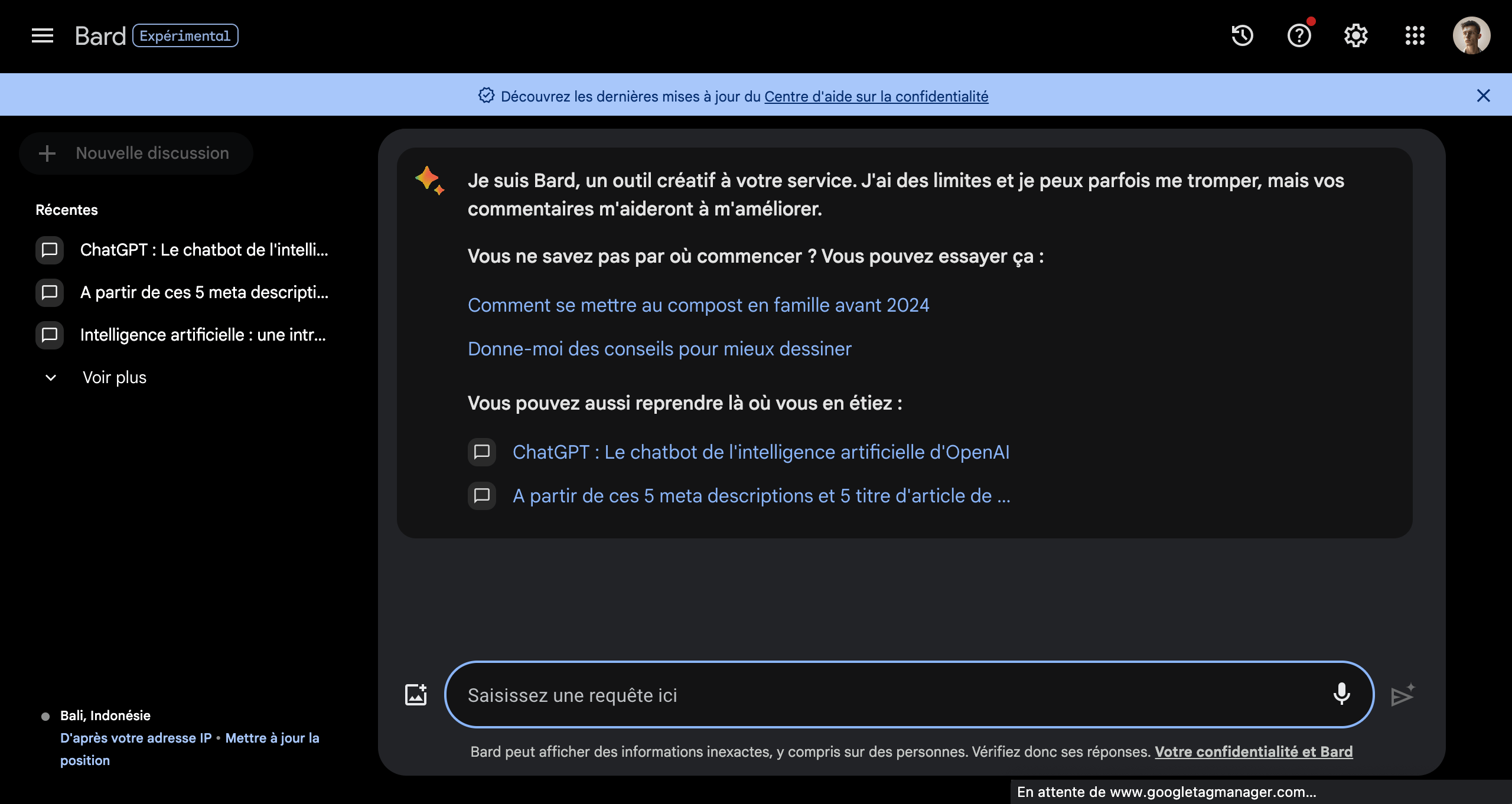
2. Google Board — The Advanced Virtual Assistant
Innovations and uses: Google Bard stands out for its advanced approach to virtual assistance. Using the latest AI technologies, this artificial intelligence provides accurate and contextual answers, facilitating online searches and automating daily tasks. It is useful in a variety of areas such as event planning, personal information management, and assistance in making complex decisions.
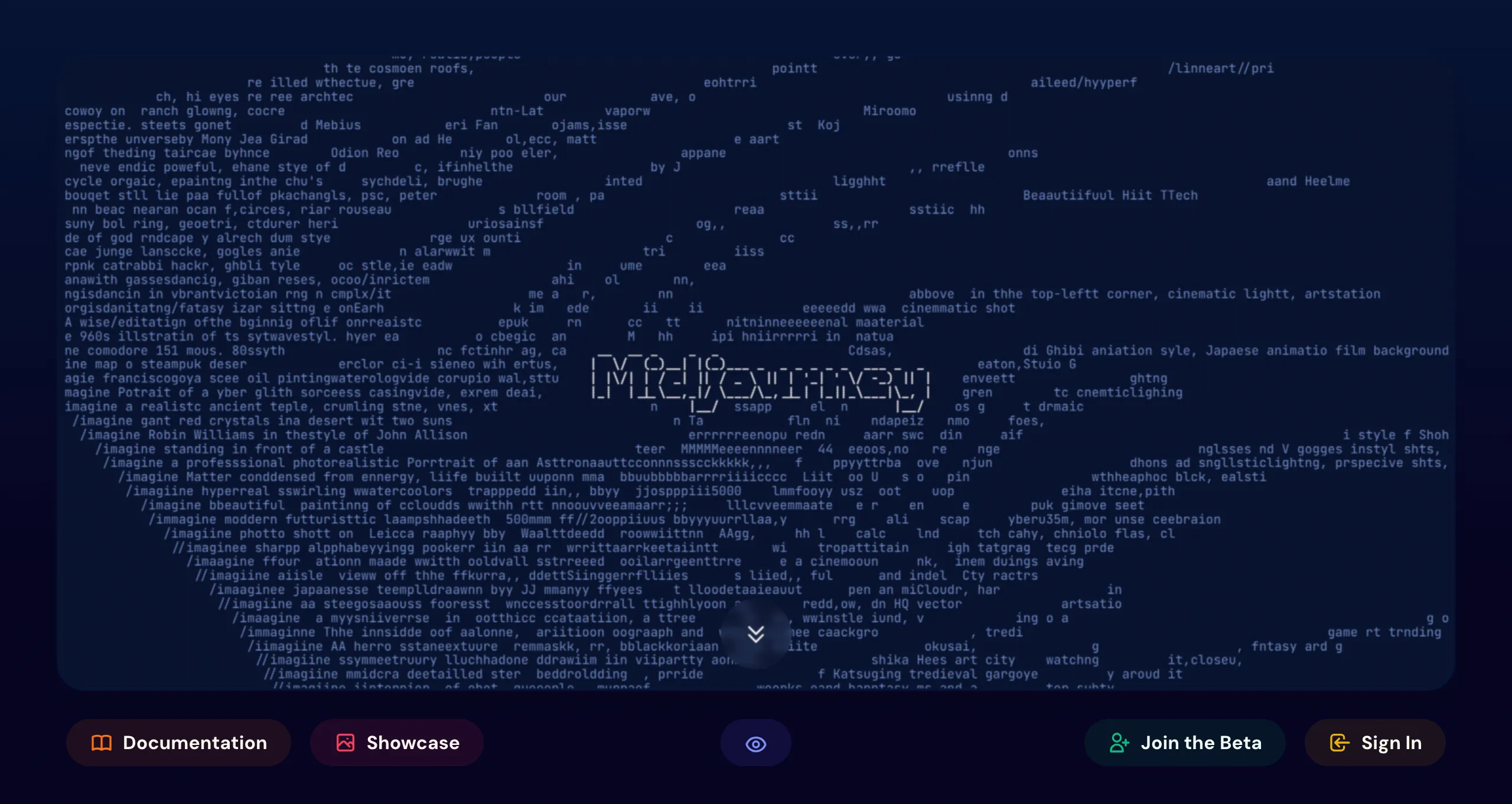
3. Midjourney — AI at the service of imaging
Uses and examples: Midjourney makes it possible to generate images and specializes in transforming text into images using AI. This AI is a image generator, capable of creating images from text descriptions. It finds its use in areas such as graphic design, advertising, and even art, offering users the opportunity to realize their creative visions through an intuitive interface.

4. Dall-E — OpenAI and the Image Revolution
Scope and creativity: Dall-E, another OpenAI flagship product, pushes the boundaries of creativity. Capable of generating images from complex text descriptions, this artificial intelligence-based tool opens up new opportunities for content creators, artists, and designers. Her ability to create unique and engaging visuals based on simple text instructions has revolutionized the way visual concepts are developed and implemented.
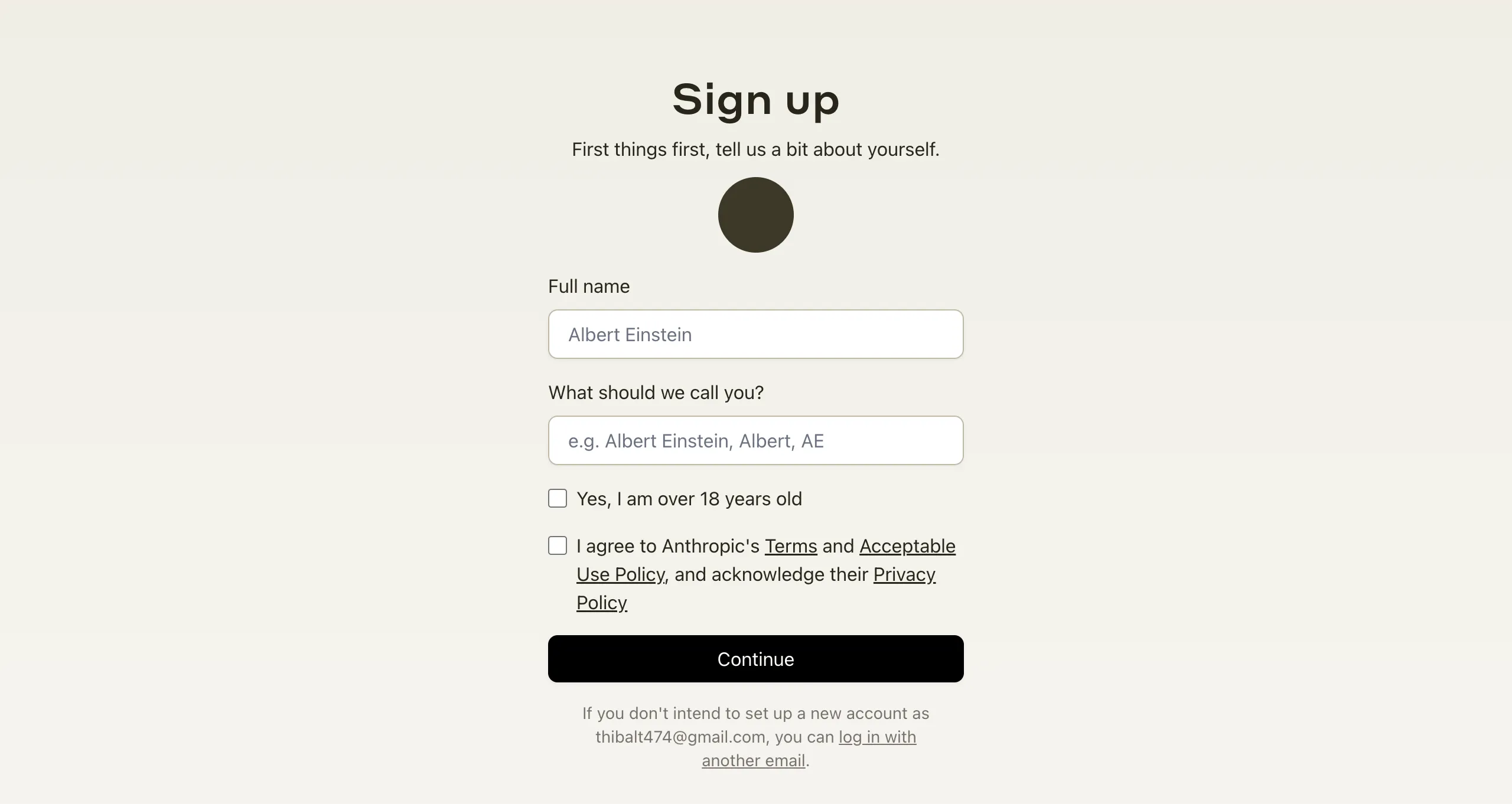
5. Claude.ai — A New Challenger in Content Generation
Comparison with other AIs:Claude.ai, a true machine learning achievement, is positioned as a direct competitor to ChatGPT and Google Board in content generation. Its strengths lie in its ability to personalize the content generated according to the specific needs of the user, offering greater flexibility and adaptation to various contexts of use, such as the writing of Copywriting, the creation of scripts or the automatic generation of reports.
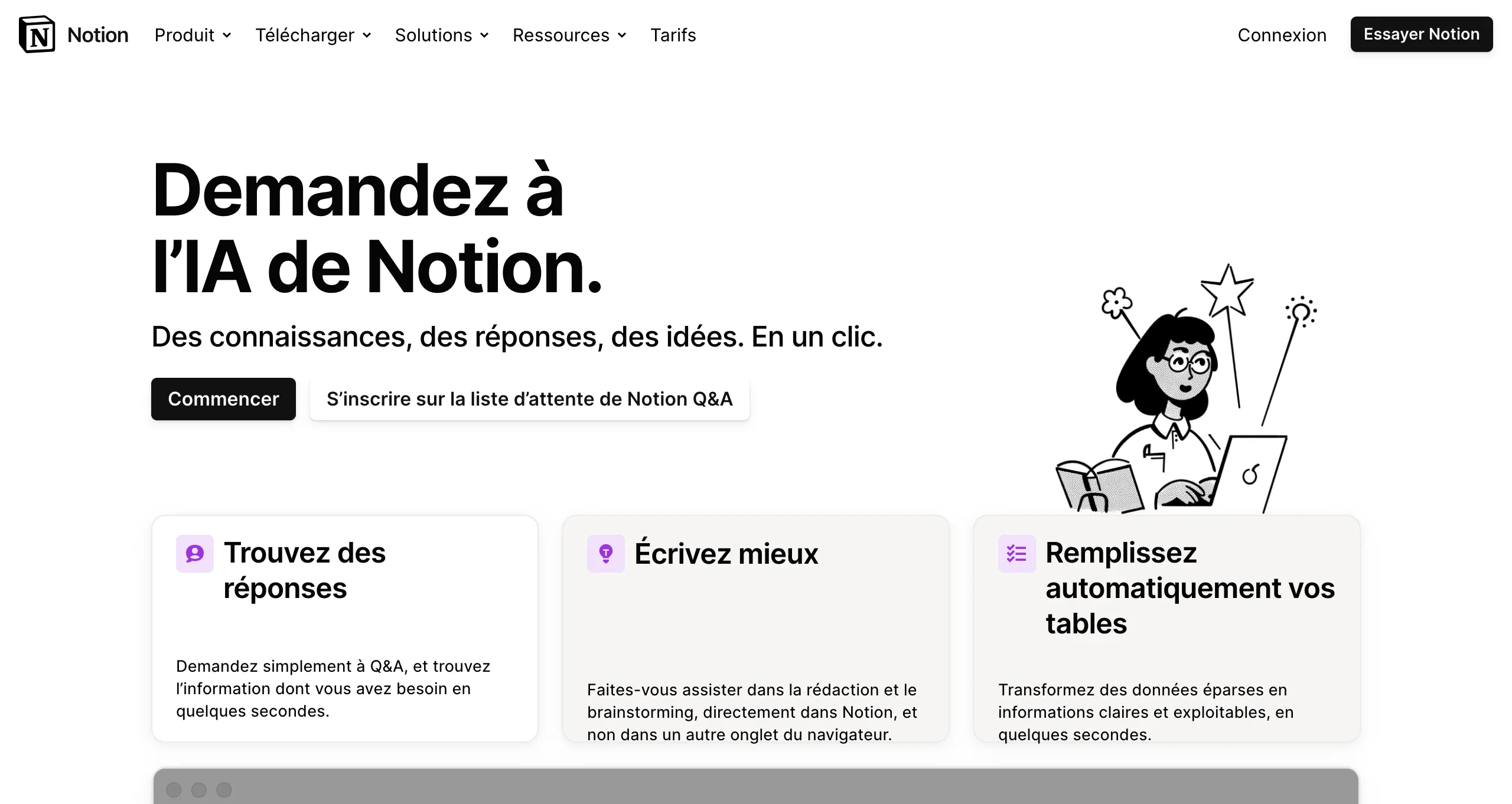
6. Notion AI — All-in-one Productivity Tool
Apps and integrations: Notion AI is transforming project management and productivity personal. Integrating AI capabilities into a note-taking and project management solution, Notion AI allows users to manage their tasks, notes, and documents in a more efficient and intuitive way. Its integrations with other artificial intelligence tools reinforce its position as a central hub for personal and professional productivity.

7. Adobe Firefly — AI and Accessible Design
Impact on creators: Adobe Firefly stands out for its application of AI in the field of graphic design. It makes complex graphic design tasks accessible even to novices, while providing advanced features for professionals. This AI allows for quick and intuitive design creation, reducing the time and effort needed to produce high-quality visuals.
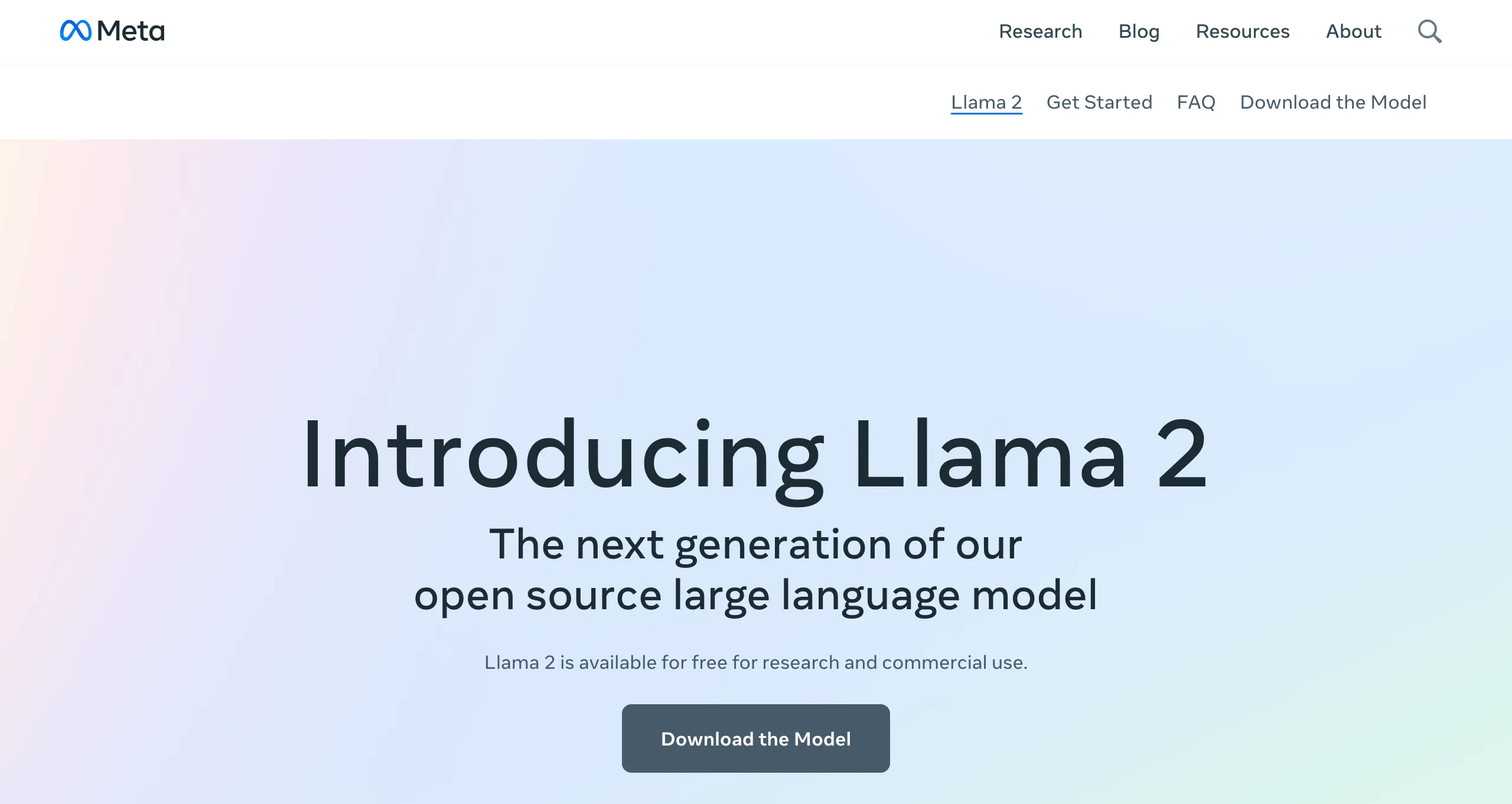
8. LLMA 2 by Meta — New Frontiers in AI
Applications and implications: The LLMA 2 from Meta (formerly Facebook) represents a significant advance in the field of deep learning and data analysis. Its applications range from natural language understanding and processing to image and pattern recognition. The impact of LLMA 2 extends to various sectors, including health, finance, and technology research, providing powerful tools for complex data analysis and informed decision making.

9. Dropship.io — Product Research Innovation
Dropship.io is presented as a revolution in the world of dropshipping and online business. This platform offers a unique solution for the research and selection of profitable products. With its comprehensive database of millions of products, Dropship.io gives merchants real-time access to critical information such as product offerings and revenue data from Shopify stores. This characteristic is essential to identify the best performing products and avoid those that present a high risk of low performance.

The sectors impacted by this top 10 in 2023
Artificial intelligence, in 2023, has firmly established itself in many sectors, transforming operations, optimizing processes and opening up new opportunities for innovation.
Innovation sectors (health, finance, education)
- Health: AI has revolutionized the health sector, especially in the early diagnosis of diseases, the personalization of treatment plans, and the management of health care. AI algorithms analyze medical images with high precision, helping to detect conditions such as cancer at an early stage. In addition, AI assists in the search for new drugs, reducing development time and costs.
- Finances: In the financial field, AI contributes to fraud prevention, risk analysis, and the personalization of services for customers. AI algorithms can detect unusual patterns that indicate fraudulent activities, while intelligent chatbots provide 24/7 customer support, improving the user experience.
- Education: AI is transforming Education by providing personalized learning experiences and optimizing educational management. Adaptive AI systems allow curriculum content to be adjusted to individual student needs, while predictive analytics helps institutions optimize resources and improve student outcomes.

Access to AI: Free and Paid Models
The AI landscape in 2023 offers a range of free resources and premium solutions, each meeting different needs and levels of requirement.
Free resources vs. premium solutions
- Resources: Free access to AIs allows the democratization of technology. Platforms like TensorFlow or some OpenAI services offer basic versions at no cost. These resources are ideal for students, independent developers, and small businesses starting to explore the possibilities of AI. They often serve as an introduction to AI, allowing people to learn, experiment, and build projects on a small scale.
- Premium solutions: Paid solutions target businesses and professionals who need more advanced features, enhanced security, and dedicated technical support. These paid models often offer expanded capabilities, such as larger data processing, greater customization, and deeper integration with existing business systems. Companies like Adobe with Firefly or Google with Bard offer premium versions of their AIs, offering increased performance and flexibility to meet the needs of large organizations.
To conclude this article, it is clear that these technologies are redefining the technology market. For the developers, engineers, and even beginners, these software programs offer a rich and accessible toolbox, opening the door to the creation of new applications and the exploration of new areas. Thanks to open source, this software is becoming more accessible to all, making it possible to make the most of artificial intelligence material.





